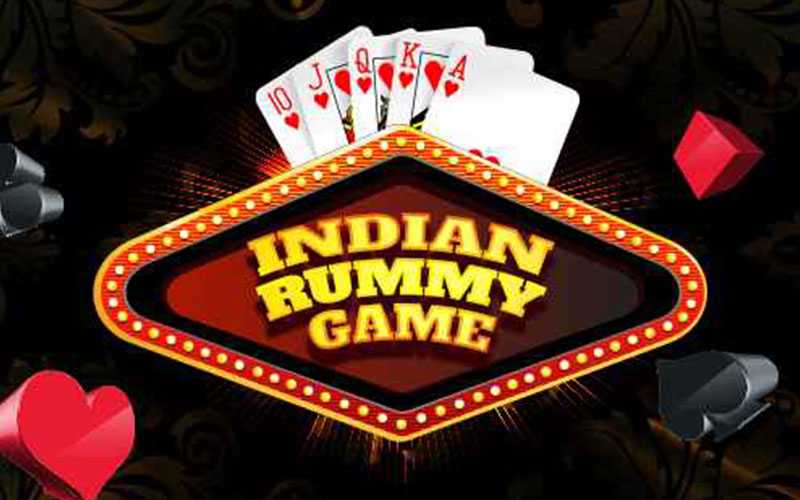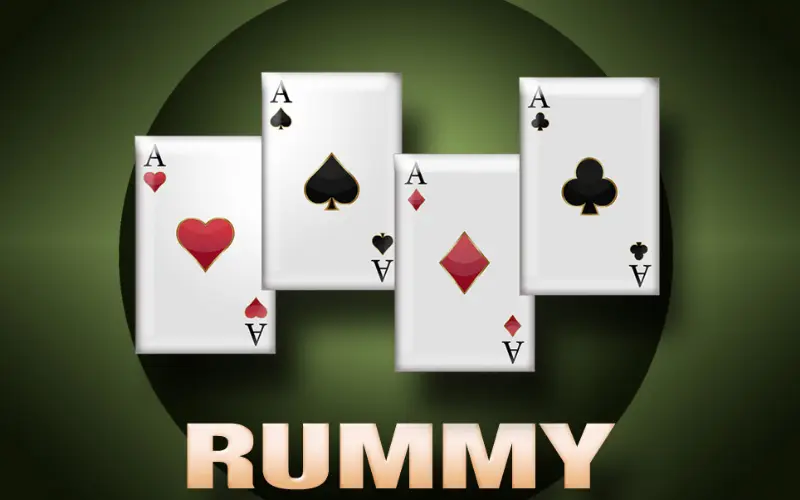Indian Rummy is a popular and engaging card game enjoyed by millions. It combines skill, strategy, and a bit of luck, making it a favorite pastime for many. However, despite its simplicity, players often fall into traps that can undermine their chances of winning. Understanding these common pitfalls can significantly enhance your gameplay. Here’s a guide to avoid some of the most detrimental traps in Indian Rummy that could kill your game.
Ignoring the Rummy Rules
One of the most critical aspects of playing Rummy effectively is a thorough understanding of the rumy rules. Players who skip this step often find themselves at a disadvantage. The basic premise of the game is to form valid sets and sequences with the cards you hold. However, many players fail to grasp the nuances of these rules, such as the need for a pure sequence and the requirement to form valid combinations.
Tip: Invest time in learning the complete rules before diving into serious play. Familiarize yourself with concepts like jokers, wild cards, and the importance of keeping a balanced hand.
Overvaluing High-Point Cards
In Indian Rummy, the aim is to reduce the total point value of the cards you hold. High-point cards (like face cards and aces) can severely impact your score if you’re unable to form valid sets or sequences. Some players mistakenly overvalue these cards, believing they are more useful than they are. Holding onto high-point cards can be a significant disadvantage, especially if they are not part of a potential set or sequence.
Tip: Regularly assess the value of the cards in your hand. If high-point cards are not contributing to a valid combination, consider discarding them to minimize your risk.
Indian Rummy: Over-Complicating Your Hand
Another common trap in Indian Rummy is over-complicating your hand. This occurs when players try to build complex sets and sequences with too many variations, leading to confusion and missed opportunities. Keeping a straightforward approach often works best. Focus on forming basic sets and sequences before trying to incorporate more complex strategies.
Tip: Simplify your hand by focusing on one or two potential combinations. Once you have a clear path to a valid hand, you can refine your strategy as the game progresses.
Discarding Useful Cards
In the heat of the game, players sometimes discard cards that might seem useless at the moment but could actually be crucial later. This often happens when players are in a rush to reduce their hand. Discarding potentially useful cards can limit your chances of completing a set or sequence.
Tip: Before discarding a card, consider how it might fit into your hand later. It’s important to balance your immediate needs with potential future uses of the cards you hold.

Failing to Observe Opponents
Observing your opponents is a key aspect of strategy in Rummy. Many players neglect this part of the game, focusing solely on their own hands. By paying attention to the cards your opponents pick and discard, you can gain valuable insights into their strategies and adjust your game accordingly.
Tip: Watch for patterns in your opponents’ moves. This can give you clues about what cards they might be holding or aiming for, helping you make more informed decisions.
Being Predictable
Predictability can be a significant disadvantage in Rummy Game. If your opponents can anticipate your moves, they can counter your strategies effectively. Common signs of predictability include consistently discarding the same types of cards or always holding onto certain high-point cards.
Tip: Vary your strategies and card discards to keep your opponents guessing. This unpredictability can make it more challenging for them to counter your moves.
Indian Rummy: Rushing to Declare
Rushing to declare (i.e., completing your hand and ending the game) can sometimes be a strategic error. If you declare too early, you might miss out on additional points or end up with an incomplete hand that affects your score. It’s crucial to ensure that your hand is fully optimized before declaring.
Tip: Take the time to evaluate your hand thoroughly before declaring. Ensure that you have formed valid sets and sequences and that you are in the best possible position to win.
Neglecting the Importance of a Pure Sequence
A pure sequence is a fundamental requirement in Rummy. Without a pure sequence, your hand is incomplete, even if you have other valid sets and sequences. Some players neglect this crucial rule, which can lead to invalid declarations and unnecessary losses.
Tip: Prioritize forming a pure sequence as part of your strategy. This will ensure that you meet one of the essential rules and increase your chances of a successful declaration.
Overlooking the Benefits of Jokers
Jokers are powerful cards in Rummy that can be used to substitute for any other card in a set or sequence. However, some players do not fully utilize this advantage, either by holding onto jokers for too long or using them inefficiently.
Tip: Use jokers strategically to complete sets and sequences. They can be a game-changer if used effectively, so don’t hesitate to incorporate them into your hand when appropriate.
Not Adapting to Game Dynamics
Indian Rummy is a dynamic game where strategies need to be adapted based on the flow of the game. Sticking rigidly to one strategy or failing to adjust based on the game’s progress can lead to missed opportunities and potential losses.
Tip: Be flexible and adjust your strategy as the game evolves. Stay alert to changes in the game’s dynamics and be ready to adapt your approach accordingly.
Conclusion
Avoiding these common traps can significantly enhance your performance in Rummy. By understanding and applying the rummy rules effectively, managing high-point cards wisely, and observing your opponents closely, you can avoid pitfalls that could kill your game. Remember, success in Indian Rummy requires a blend of strategy, skill, and adaptability. Keep refining your approach, and you’ll increase your chances of achieving victory in this exciting and challenging game.












